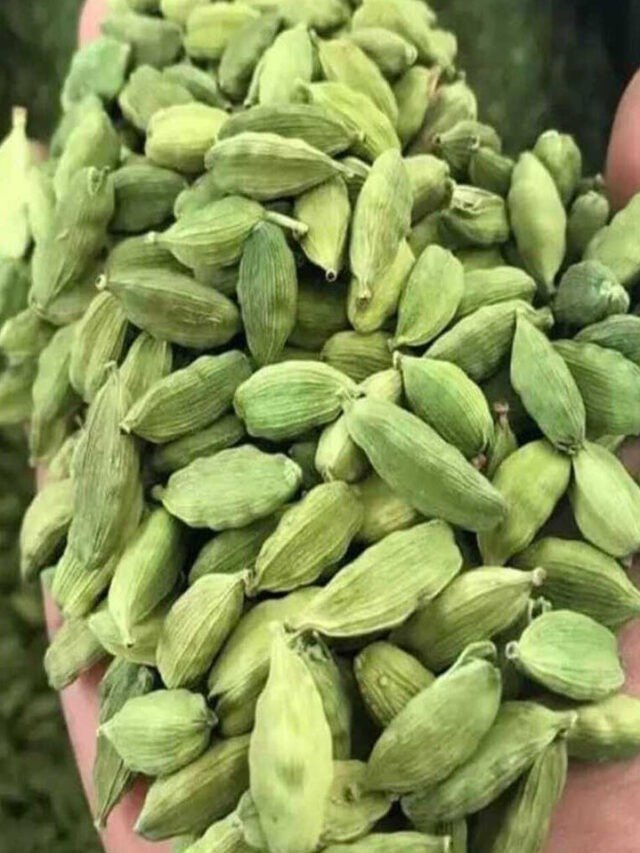GUWAHATI, March 12: The population of endangered golden langur in India has increased to 7,396 from a previous estimation of 6,000, according to a recent survey.
The survey was conducted in various habitats of the animal, covering the Manas Biosphere Reserve and all fragmented forests of north-western Assam.
The survey was jointly conducted by the Primate Research Centre NE India (PRCNE), the forest department, the Bodoland Territorial Council, the Salim Ali Centre for Ornithology and Natural History (SACON) and the Conservation Himalayas in two phases.
“The team observed 7,720 golden langurs in 706 unique groups and 31 lone males or floating males,” Senior Scientist of Primate Research Centre NE India Dr Jihosuo Biswas said.
‘With estimating minimum population size, we found 7,396 golden langurs in 707 groups, inclusive of bisexual and male bands, along with 31 lone males,” he said.
The 2008-09 estimation showed that there were 6,000 golden langurs in India, while the current head-count exercise suggested an increase in the population size but the satellite imagery shows shrinkage of forest cover which negatively impacts their habitats, Biswas pointed out.
There are two major sub-populations – the northern extended population, which encompasses the western part of the Manas Biosphere Reserve and the southern fragmented population, which occurs along the southern side of the national highway-27 up to the Brahmaputra river in the south, he said.
The northern population of golden langurs in Manas Biosphere Reserve is estimated to be 5,566 in 534 groups and 23 lone males, while the same in southern fragments is estimated to be 1,830 langurs in 173 groups and 8 lone males, he said.
“The major population of golden langurs in the Manas Biosphere Reserve was found in Ripu reserve forest, and the number was 2,847, followed by Chirang reserve forest with 2,000 animals, and Manas National Park with 719,” he said.
Similarly, in the southern fragments, the major populations were found in Chakrashila Wildlife Sanctuary of Kokrajhar district with 838 golden langurs, and Kakoijana reserve forest of Bongaigaon district with 464, Biswas said.
Additionally, the group size was found to be larger with an average of 10.69 per group as compared to 9.24 per group in the previous estimation.
In the first phase, the survey covered the western part of the Manas Biosphere Reserve, including Ripu Reserved Forest, while the second phase focused on fragmented forest habitats of golden langurs in Bongaigaon, Kokrajhar, and Dhubri districts of Assam.
The survey applied the occupancy framework of the block count method to assess the abundance, spatial distribution and densities of golden langurs, SACON’s Principal Scientist Dr H N Kumara said.
‘This method is applied for the first time for golden langur, which is considered to be relatively simple, cost-effective, and robust, especially for arboreal, small group-living primates,” Kumara said.
The demographic analysis, however, indicates an unstable situation in fragmented habitats.
Despite regular infant recruitment, the percentages of juveniles and immature individuals compared to adults were invariably low in all fragmented habitats, Biswas said.
“The low percentage of infants, compared to juveniles and adults, entails that these populations have a higher rate of mortality in the immature stage, which might be due to some human-induced factors such as road accidents, feral dog attacks, electrocution, or exposure to parasites, among others,” he added. (PTI)












